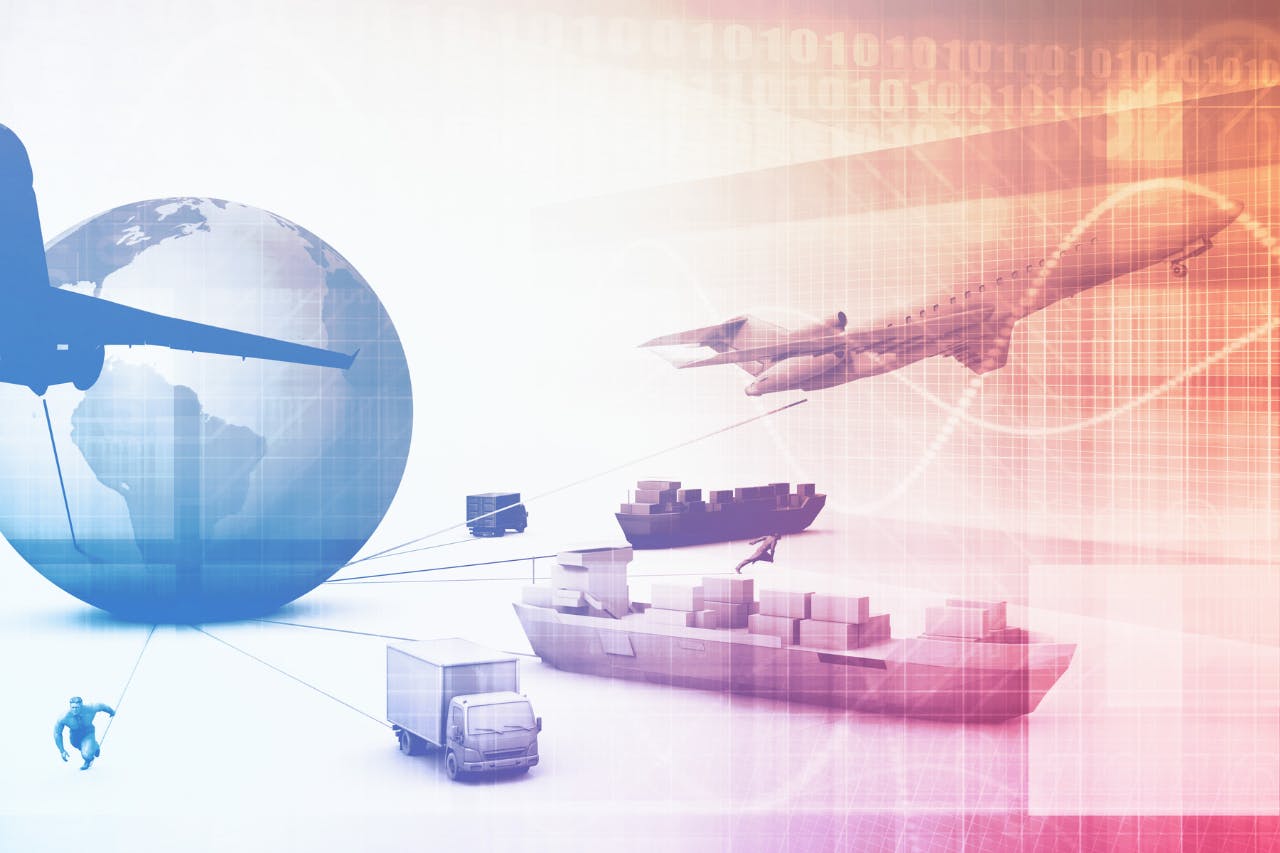In today's global economy, supply chain disruptions have become a common occurrence. Natural disasters, geopolitical tensions, and other unforeseen events can quickly halt the flow of goods, leading to delayed deliveries, increased costs, and lost revenue. One way to mitigate the impact of such disruptions is through dual sourcing. In this blog, we will explore what dual-sourcing is, how it works, and its benefits for supply chain resilience.
Dual Sourcing: What is it?
Dual sourcing is a supply chain strategy where a company sources its materials or products from two or more suppliers. This approach provides redundancy and reduces dependence on a single supplier, mitigating the risks of supply chain disruptions. The dual-sourcing strategy can be applied to both raw materials and finished goods, depending on the nature of the industry and the supply chain.
Many companies realised the importance of dual sourcing during the COVID-19 pandemic. Since early 2020, McKinsey has asked supply chain leaders annually about their efforts to overcome disruptions, mitigate risks, and build resilience in their operations. In the 2022 study, 81 percent of respondents said they had implemented dual-sourcing strategies in the past year, up from 55 percent in 2020. Most respondents also expect this momentum to continue, with sixty-nine percent of supply chain leaders saying that dual sourcing will continue to be relevant in 2022 and beyond.
Dual Sourcing: How does it work?
In a dual-sourcing strategy, a company identifies two or more suppliers that can provide the same product or raw material. The suppliers are evaluated based on their quality, delivery times, and pricing. The company then divides its orders between the suppliers to ensure a balance in supply and demand.
When encountering supply chain disruption, the company can switch to an alternate supplier, maintaining the flow of goods without significant disruptions. The switch can be triggered automatically by pre-defined rules or manually, based on the severity of the disruption.
Dual Sourcing: What are the pros and cons?
- Reduced Dependence on a Single Supplier: By sourcing from two or more suppliers, a company reduces its dependence on a single supplier. This reduces the risk of disruptions due to factors such as natural disasters, geopolitical tensions, or bankruptcy.
- Increased Flexibility: Dual sourcing provides flexibility in the face of unexpected disruptions. The company can quickly switch to an alternate supplier, ensuring a steady supply of materials or products.
- Improved Quality: Dual sourcing encourages suppliers to improve their quality and delivery times to remain competitive. This benefits the company by ensuring a steady supply of high-quality materials or products.
- Cost Optimization: Dual sourcing can lead to cost optimization by providing a competitive environment between the suppliers. The company can negotiate better prices, resulting in lower costs.
- Improved Customer Service: Dual sourcing ensures that the company can meet its customer demands, even in case of disruptions. This improves customer satisfaction and loyalty.
But there are also some potential drawbacks to consider
- Increased Complexity: Dual sourcing adds complexity to the supply chain, requiring additional planning, management, and coordination. This can increase administrative costs and lead to logistical challenges.
- Quality Control: Dual sourcing can lead to inconsistency in quality between suppliers. It can be challenging to ensure that both suppliers adhere to the same quality standards, leading to potential quality control issues.
- Reduced Leverage with Suppliers: By splitting orders between multiple suppliers, a company may lose its leverage with each supplier, reducing its bargaining power for better pricing or terms.
Dual sourcing is an effective strategy for ensuring supply chain resilience. By sourcing from two or more suppliers, a company can reduce its dependence on a single supplier, increase flexibility, improve quality, optimize costs, and improve customer service. While implementing dual sourcing requires careful planning and evaluation of suppliers, the benefits of this strategy make it a worthwhile investment for any company that seeks to ensure the continuity of its supply chain.
AGR can help businesses better manage their different suppliers and have an end-to-end view of their supply chain. Click here to find out more.




